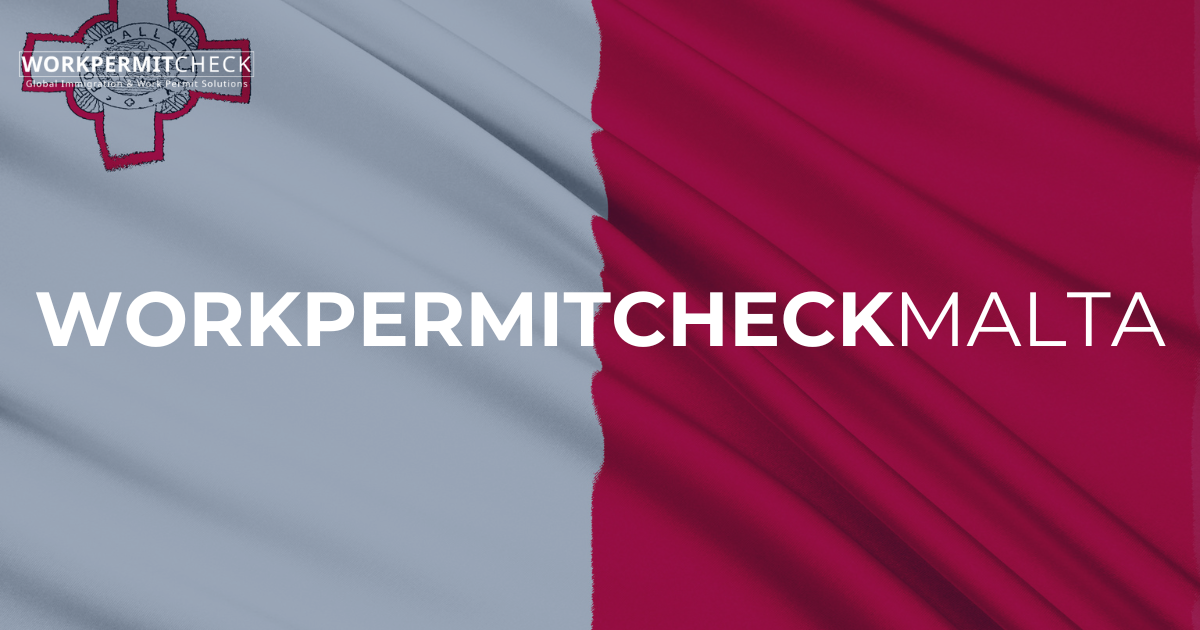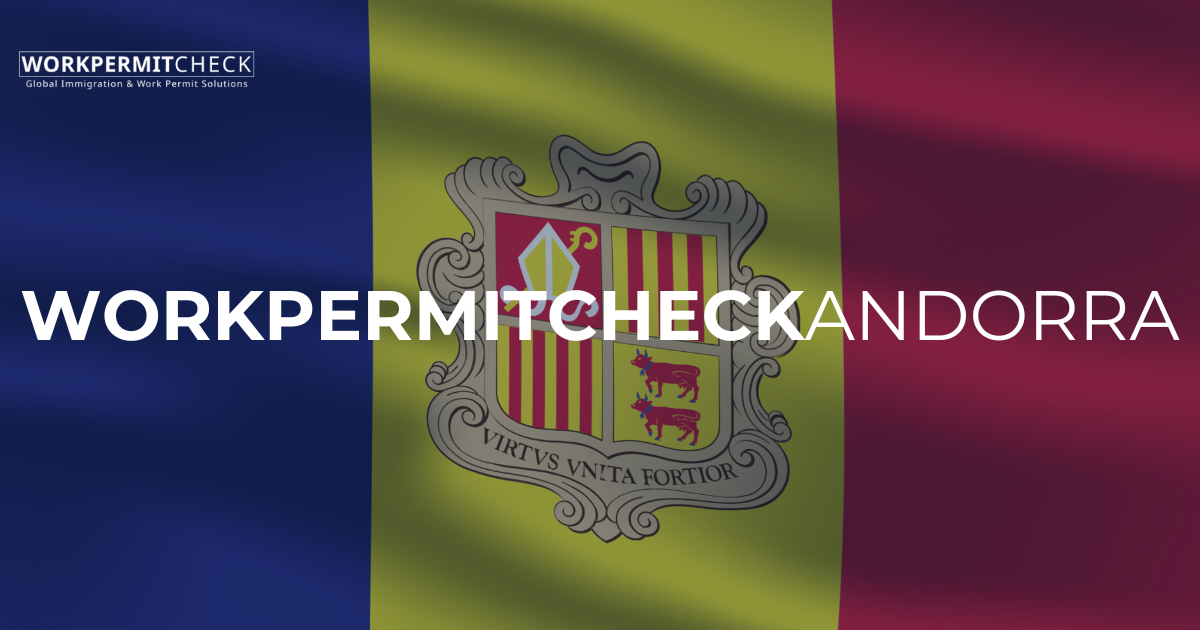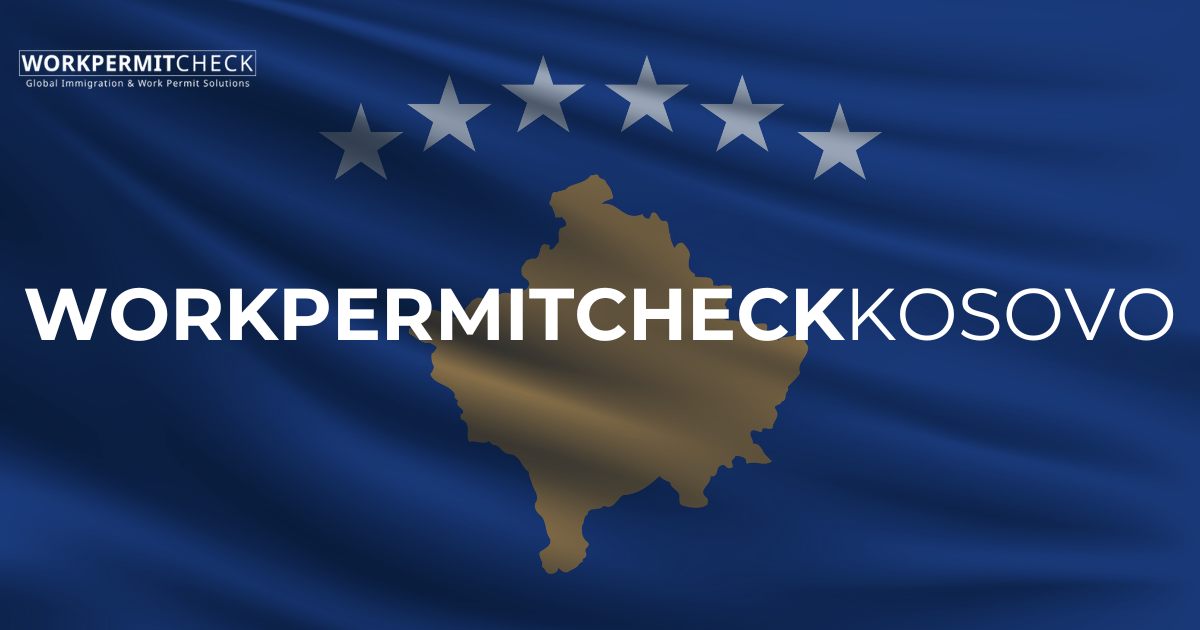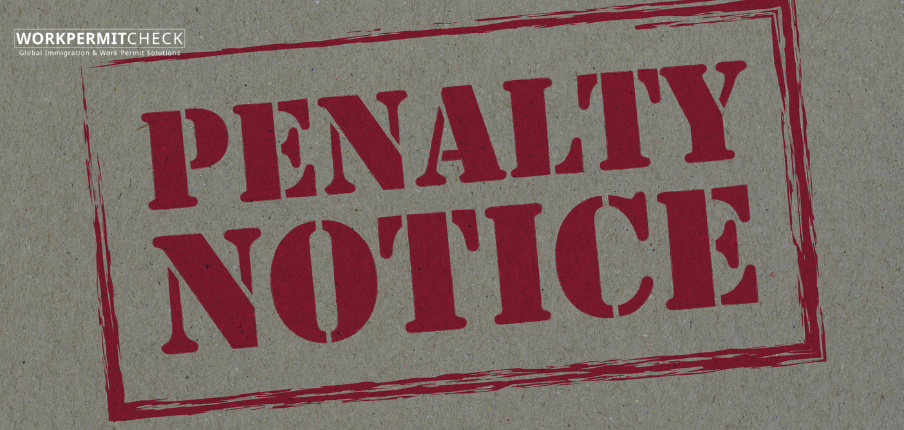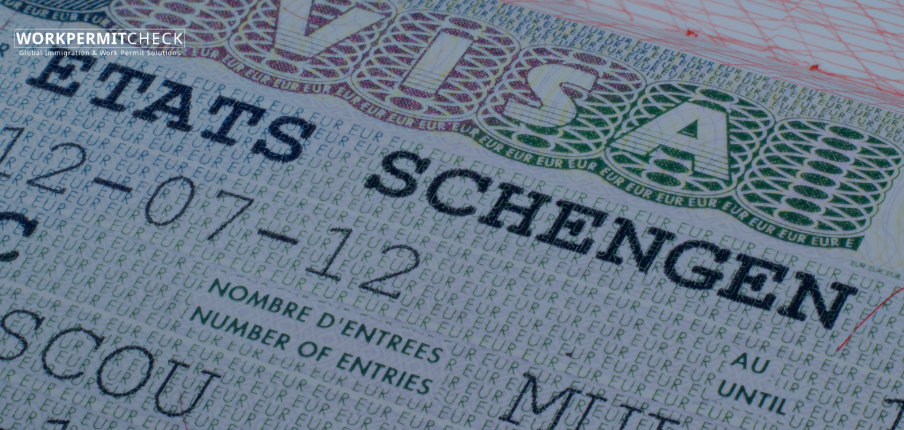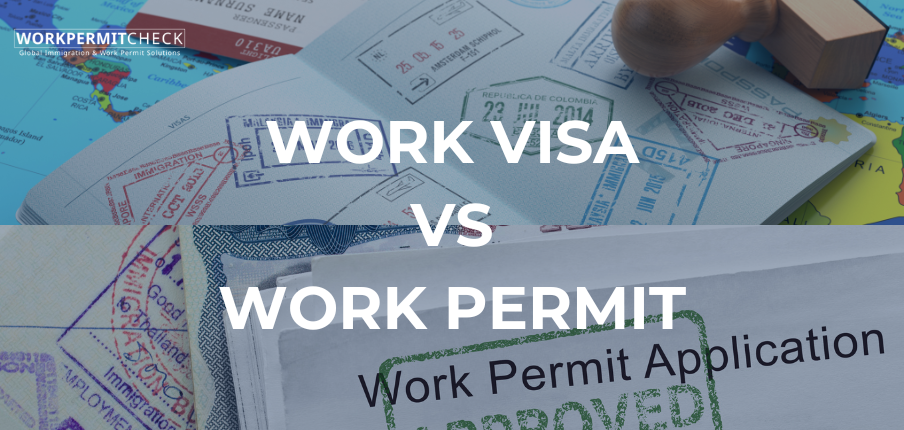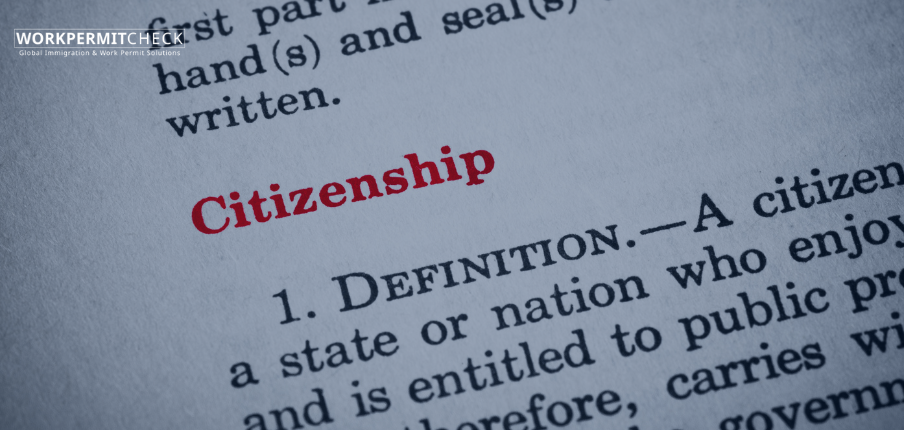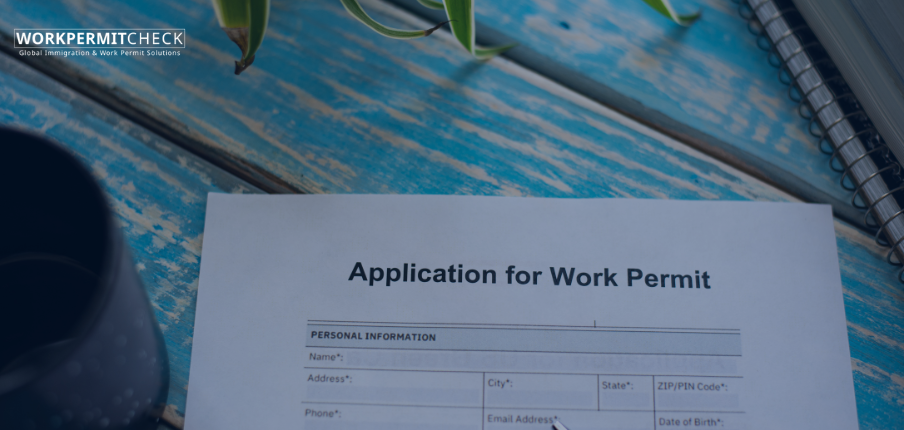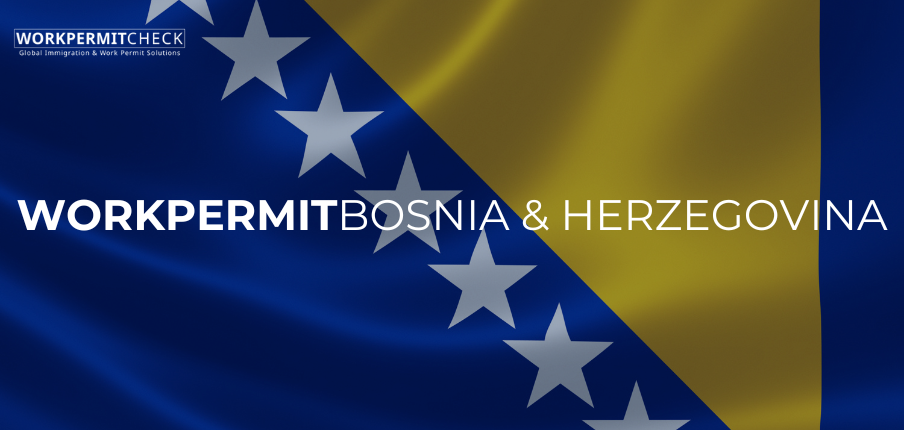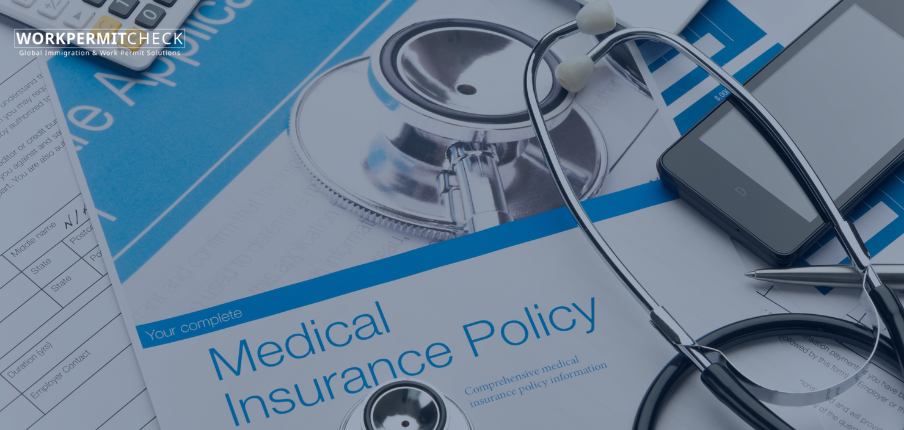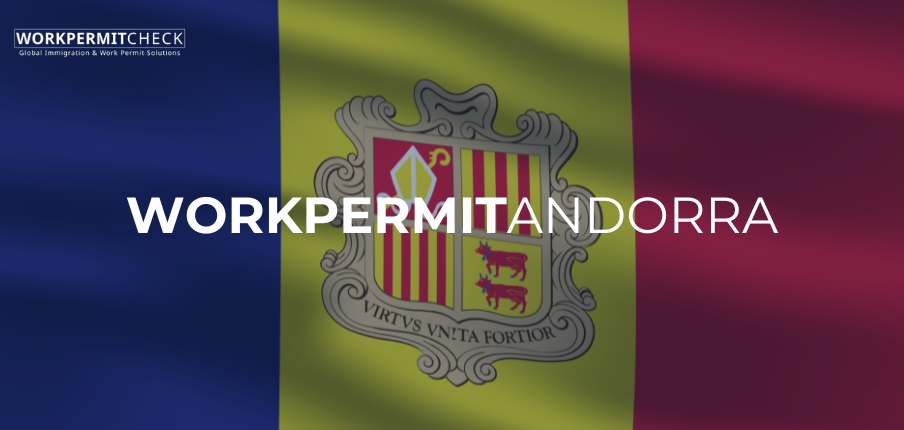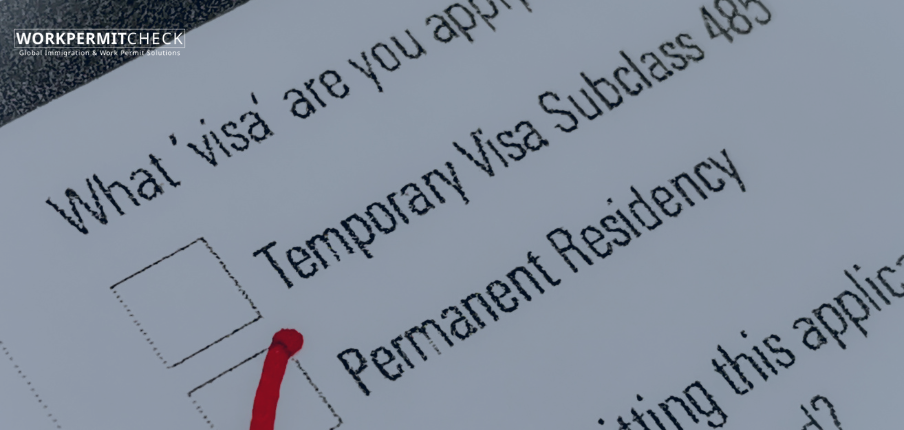Many immigrants in the United States are confused about the difference between a work permit and a green card—and it’s easy to understand why. Both documents allow you to work legally in the U.S., but they serve very different purposes and come with different rights, responsibilities, and levels of permanence.
If you’re wondering whether a work permit (also called an Employment Authorization Document, or EAD) is the same as a green card, the answer is no—they are not the same.
Here’s what you need to know about the key differences between these two important immigration documents.
What Is a Work Permit (EAD)?
A U.S. work permit, officially known as the Employment Authorization Document (Form I-765), is a temporary document issued by U.S. Citizenship and Immigration Services (USCIS). It gives eligible non-citizens the legal right to work in the U.S. for a limited period.
Work permits are typically granted to individuals who are:
-
Applying for a green card (adjustment of status)
-
DACA recipients
-
Asylum seekers or refugees
-
TPS (Temporary Protected Status) holders
-
Certain spouses of visa holders (e.g., H-4, L-2, E-2)
The EAD is not a pathway to permanent residency and must be renewed periodically.
What Is a Green Card?
A green card, officially called a Permanent Resident Card, allows you to live and work in the U.S. permanently. It grants you lawful permanent resident (LPR) status and is typically valid for 10 years (or 2 years for conditional residents).
You can apply for a green card through various pathways, including:
-
Family-based immigration
-
Employment-based sponsorship
-
Asylum or refugee status
-
The Diversity Visa Lottery
-
Marriage to a U.S. citizen
Unlike a work permit, a green card is a major step toward U.S. citizenship.
Key Differences Between a Work Permit and a Green Card
1. Duration
Work Permit: Temporary (typically 1–2 years)
Green Card: Permanent (renewable every 10 years)
2. Purpose
Work Permit: Only authorizes work
Green Card: Authorizes work and permanent residence
3. Immigration Status
Work Permit: Does not confer immigration status
Green Card: Grants lawful permanent resident status
4. Travel Rights
Work Permit: May require additional documents to travel
Green Card: Allows international travel with fewer restrictions
5. Path to Citizenship
Work Permit: Not a direct path
Green Card: Can lead to U.S. citizenship through naturalization
Why the Confusion?
The confusion often arises because people applying for green cards are often issued a work permit while their application is being processed. But this temporary document should not be mistaken for permanent residency.
Can You Work in the U.S. Without a Green Card?
Yes. If you have a valid EAD, you can work legally even without permanent residency. However, your ability to remain in the U.S. long-term depends on the visa or immigration program you're under—not the work permit itself.
FAQs
Is a work permit a type of visa?
No. A work permit is not a visa. It is a separate document that authorizes employment for eligible non-citizens already in the U.S.
Does a work permit allow me to stay in the U.S. permanently?
No. A work permit is temporary and does not give you the right to stay permanently. You must have valid immigration status.
Can I apply for a green card if I have a work permit?
In some cases, yes. If you are eligible for permanent residency, having a work permit may support your ability to work legally while your green card application is processed.
Can I travel outside the U.S. with just a work permit?
Generally, no. You may need to apply for Advance Parole (Form I-131) to re-enter the U.S. while holding a work permit.
How do I know if I should apply for a work permit or a green card?
This depends on your immigration status and long-term goals. Speak with an immigration attorney for personalized advice.
Sources
Disclaimer
This article is intended for informational purposes only and does not constitute legal advice. Immigration laws are complex and subject to change. Always consult an immigration attorney or official USCIS resources for guidance tailored to your specific case.
August 2, 2025













